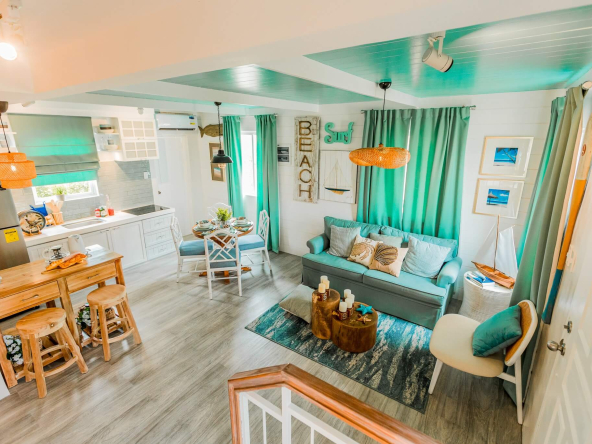In today’s fast-paced world, the art of decluttering has gained significant traction as more people seek to transform their homes into spaces where they can experience simplicity, clarity, and peace.
At the heart of this movement lies minimalism, a lifestyle choice that emphasizes living with less to create space for what truly matters.
By adopting minimalist principles, you can not only declutter your home but also enhance your overall well-being.
The Art of Decluttering: Transform Your Home with Minimalism
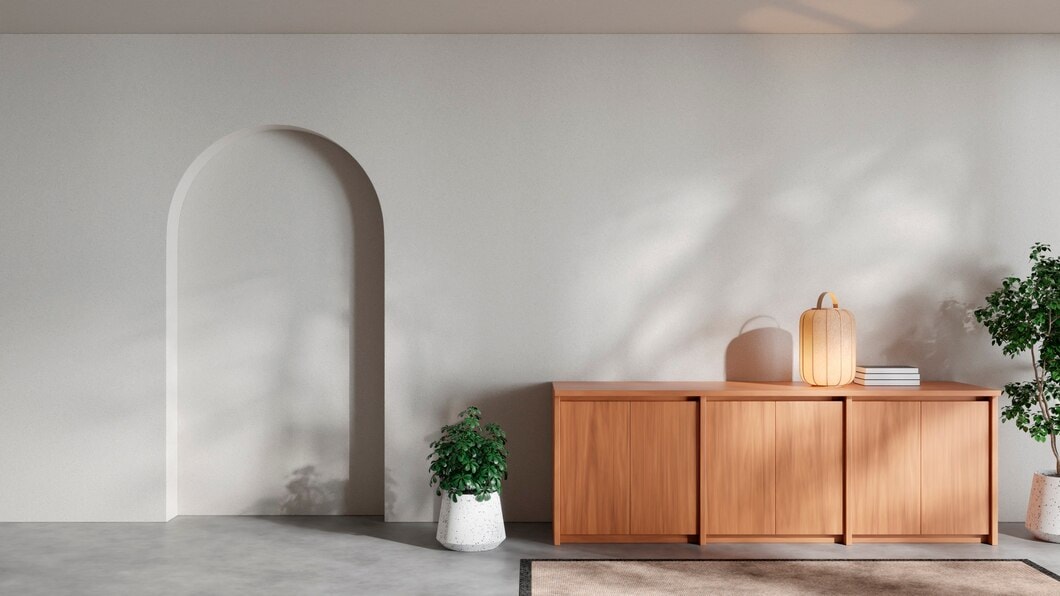
Creating a minimalist home encourages individuals to eliminate excess and focus on the essentials, both in their physical spaces and in their lives
At its core, minimalism is about living with intention. It involves making conscious choices about what we allow into our lives, from the objects we own to the activities we engage in.
The minimalist philosophy challenges the pervasive culture of consumerism that often leads to accumulation and clutter. Instead of constantly seeking more, minimalism invites us to seek quality, purpose, and fulfillment in fewer things.
Practical Applications of Minimalism
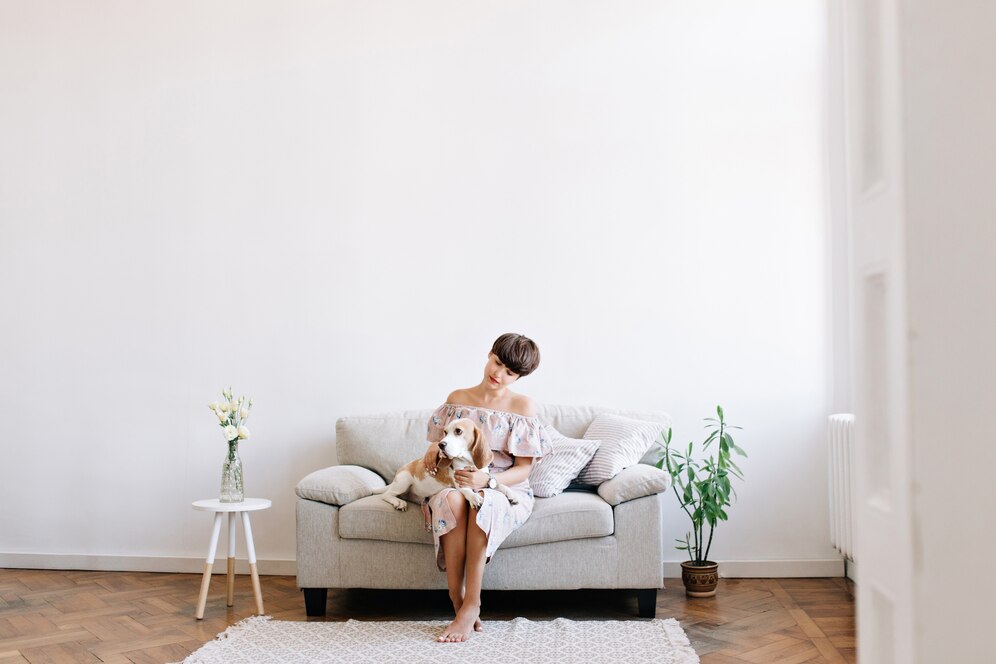
A holistic philosophy that can be seamlessly integrated into various aspects of our lives, the practical applications of minimalism are vast, encompassing our physical spaces, digital environments, and even our mental and emotional well-being.
In the following sections, we will explore how minimalism can be practically applied to different areas, offering actionable insights and steps to help you live a more intentional and harmonious life.
Physical areas
Minimalism encourages us to declutter our homes and work environments, getting rid of items that no longer serve a purpose or bring joy. By doing so, we create more open, breathable surroundings that are easier to clean and maintain.
A minimalist home is typically characterized by clean lines, open spaces, and a limited color palette, all of which contribute to a sense of tranquility and order.
Digital spaces
In our increasingly digital world, minimalism can also be applied to our digital lives. This involves decluttering our devices, such as organizing files, unsubscribing from unnecessary email lists, and limiting time spent on social media.
Digital minimalism helps reduce information overload and allows us to focus on what truly matters online.
Mental and emotional places
Minimalism extends beyond the physical to our mental and emotional states. It involves letting go of negative thoughts, toxic relationships, and unnecessary commitments. By doing so, we can focus on personal growth, meaningful connections, and activities that bring us joy and fulfillment.
By embracing minimalism, we can declutter our surroundings, streamline our digital habits, and cultivate a more focused and fulfilling mindset.
This journey towards simplicity not only transforms our external environment but also profoundly impacts our inner peace and overall quality of life.
The Benefits of Decluttering to Achieve a Minimalist Home
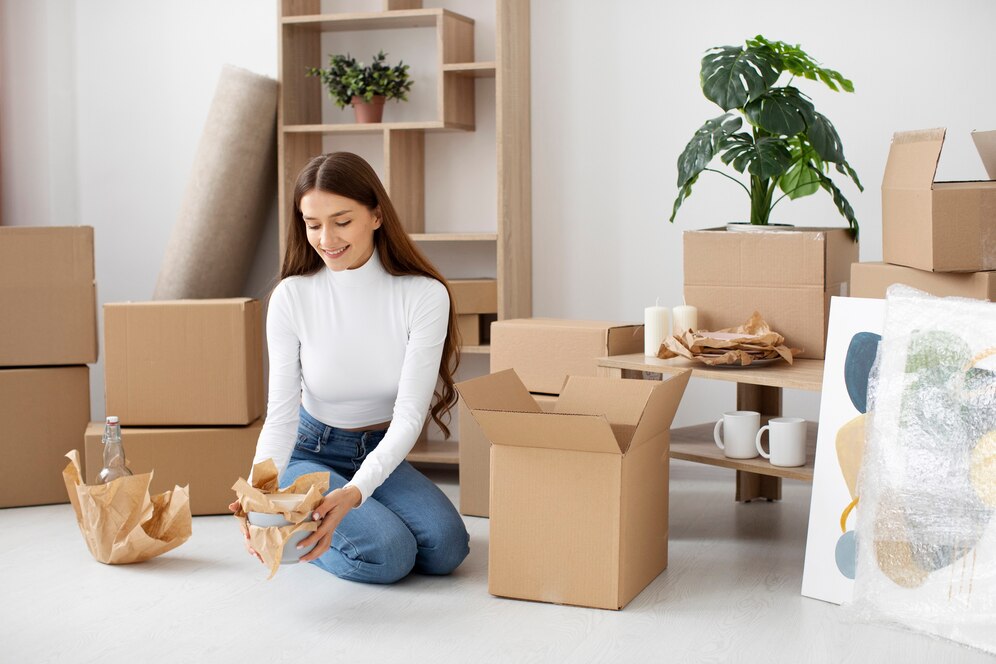
Decluttering offers numerous advantages that go beyond merely tidying up your space. By simplifying your surroundings, you can experience significant improvements in mental clarity, stress levels, efficiency, health, and finances.
Enhanced mental clarity
Clutter can be overwhelming and distracting, making it difficult to focus and think clearly. A tidy, organized space can help clear your mind, allowing for better concentration and increased productivity.
When everything is in its place, you spend less time searching for items and more time on meaningful tasks, which enhances your overall mental clarity.
Reduced stress
A cluttered environment often contributes to feelings of anxiety and stress. The visual chaos of excessive items can create a sense of unease and discomfort.
By simplifying your surroundings and creating a more serene atmosphere, you can reduce stress and promote a sense of calm and well-being. A clean, orderly space can make you feel more in control and at peace.
Increased efficiency
When everything has its place, it is easier to find what you need, saving you time and frustration. This increased efficiency can be especially beneficial in your daily routines, whether at home or work.
By eliminating clutter, you streamline your processes and enhance your ability to complete tasks quickly and effectively.
Better health
A cleaner home reduces allergens and promotes a healthier living environment. Dust, mold, and other allergens can accumulate in cluttered spaces, contributing to respiratory issues and other health problems. By maintaining a tidy home, you can improve indoor air quality and create a healthier space for you and your family.
Financial savings
By adopting a minimalist mindset, you are less likely to make unnecessary purchases, leading to financial savings over time.
Focusing on quality over quantity helps you avoid impulse buys and invest in items that truly add value to your life. This mindful approach to consumption can result in significant financial benefits and a more sustainable lifestyle.
A sustainable lifestyle choice
Choosing minimalism is a deeply personal decision that reflects our values and priorities. It is not about depriving ourselves but about creating space for what truly enriches our lives.
Minimalism encourages us to reevaluate our consumption habits and make more sustainable choices, ultimately benefiting not only ourselves but also the planet.
The Journey Toward Minimalism

Embracing minimalism is a journey, not a destination, requiring continuous reflection and adjustment as you adapt to changing circumstances, discover new priorities, and refine your understanding of what truly adds value to your life.
Evaluate your current lifestyle
Take stock of your possessions and activities. Identify areas where you can reduce excess and simplify.
Embrace the process
Minimalism is not about achieving perfection. It is about making mindful choices and finding balance. Be patient with yourself and enjoy the journey.
Seek inspiration and support
Connect with others who share your interest in minimalism. Books, blogs, and online communities can provide valuable insights and encouragement.
Steps to Declutter and Embrace Minimalism

Embarking on a journey towards minimalism begins with understanding the importance of decluttering. Decluttering is more than just tidying up, it is about creating a space that fosters clarity, reduces stress, and enhances overall well-being.
By taking deliberate steps to eliminate excess and organize your surroundings, you can transform your home and lifestyle. The following steps will guide you through the process of decluttering and embracing minimalism, helping you create a more intentional and harmonious living environment.
Set Clear Goals
Define what you want to achieve through decluttering. Whether it is creating more space, reducing stress, or simply enjoying a cleaner home, having clear goals will keep you motivated. Write down your objectives and refer to them throughout the decluttering process to stay focused.
Start Small
Begin with one area at a time. This could be a drawer, a closet, or a specific room. Starting small makes the task less daunting and allows you to see progress quickly. Tackling one area at a time helps build momentum and confidence as you move on to larger projects.
Sort and Categorize
Divide your belongings into categories: keep, donate, recycle, and discard. Be honest with yourself about what you truly need and use. This sorting process helps you make informed decisions about what to keep and what to let go. It also makes it easier to organize and manage your remaining items.
Adopt the KonMari Method
Popularized by Japanese organizing consultant Marie Kondo, this method encourages you to keep only those items that spark joy. Hold each item and ask yourself if it brings you happiness. If not, it is time to let it go. This approach helps you focus on the positive aspects of your possessions and create a more joyful living space.
Organize Efficiently
Once you have decluttered, organize your remaining items in a way that maximizes space and accessibility. Use storage solutions like bins, shelves, and drawers to keep everything in order.
Labeling and grouping similar items together can also help maintain organization and make it easier to find what you need.
Maintain a Minimalist Lifestyle
Decluttering is not a one-time task; it requires ongoing effort. Regularly assess your possessions and make it a habit to let go of things that no longer serve you. This consistent practice helps prevent clutter from accumulating and ensures that your space remains tidy and functional.
Mindful Consumption
Adopt a mindful approach to purchasing new items. Before buying something, ask yourself if it truly adds value to your life.
Consider the long-term benefits and whether the item aligns with your minimalist goals. This thoughtful approach to consumption helps you avoid unnecessary purchases and maintain a clutter-free environment.
How To Create A Minimalist Home
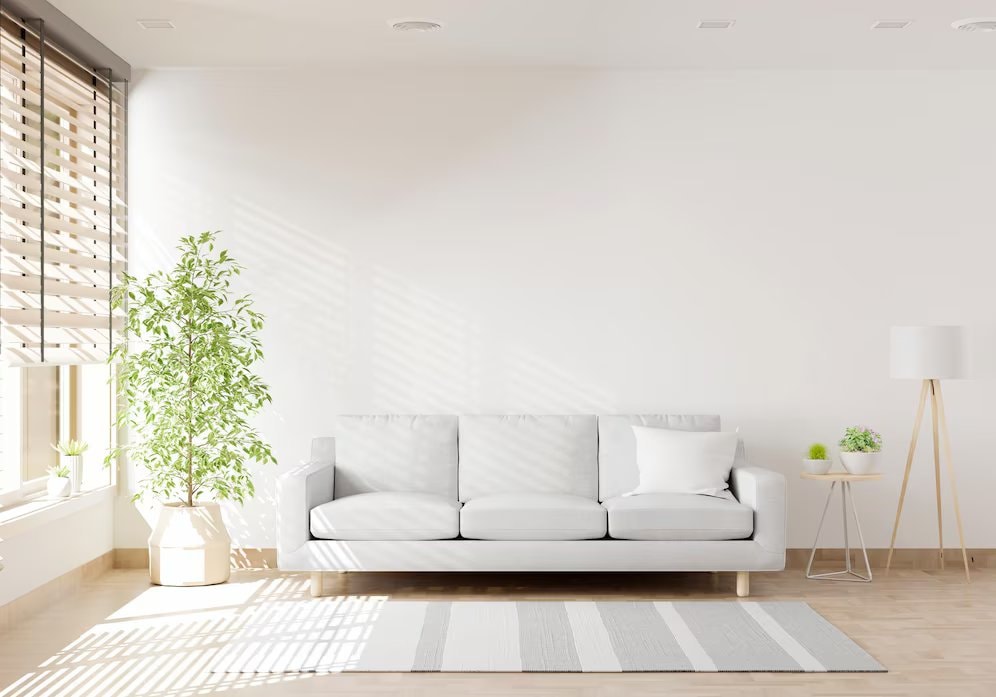
Transforming your residence into a minimalist home involves more than just decluttering, it is about fostering an environment that is serene, functional, and aesthetically pleasing.
A minimalist house design emphasizes simplicity, intentionality, and a thoughtful selection of elements that contribute to a peaceful atmosphere.
By focusing on neutral colors, high-quality items, natural elements, abundant light, and functional spaces, you can create a living space that reflects the principles of minimalism and enhances your overall well-being.
Embrace neutral colors
Minimalist spaces often feature a neutral color palette, which creates a calm and cohesive look. Whites, grays, and earth tones are popular choices. These colors promote a sense of tranquility and make it easier to coordinate furnishings and décor.
Choose quality over quantity
Invest in high-quality, versatile functional furniture and décor that will stand the test of time. Prioritize durability and functionality over trends and excess. This approach not only reduces clutter but also ensures that your home is filled with items that you genuinely enjoy and appreciate.
You can incorporate this idea in your living room. In creating a minimalist living room, a carefully chosen coffee table can serve as a focal point, complementing the minimalist aesthetic while providing functionality.
Incorporate natural elements
Bring the outdoors in with plants and natural materials like wood and stone. These elements add warmth and texture to a minimalist space, creating a more inviting and comfortable environment. Natural elements also promote a connection to nature, which can enhance your overall well-being.
Maximize light
Natural light can make a space feel larger and more open. Use sheer curtains and strategically placed mirrors to enhance the light in your home. This not only brightens your space but also creates a more uplifting and positive atmosphere.
Create functional spaces
Each area of your home should have a clear purpose. Designate specific zones for work, relaxation, and socializing to maximize functionality.
For instance, a corner can be transformed into a productive home office, promoting focus and productivity. In contrast, your living room can be a haven for relaxation with cozy seating, soft lighting, and a well-placed coffee table that complements the minimalist living room aesthetic.
Social areas, such as a dining room and an open-plan kitchen, should be designed to encourage interaction and connection. An interior designer can help you choose furnishings and décor that define these zones while maintaining a cohesive look throughout your home.
This intentional design helps you make the most of your space and ensures that each area serves a meaningful role in your daily life.
The art of decluttering through minimalism is a transformative process that goes beyond merely organizing your home. It is about creating a lifestyle that prioritizes quality over quantity and values simplicity.
By embracing minimalism, you can transform your home into a sanctuary of peace and purpose, ultimately enhancing your well-being and happiness. Start your journey towards a minimalist life today, and experience the profound impact of living with less.

Celebrate Life’s Milestones in Camella!
Make unforgettable memories in a Camella home.
Our communities are designed to elevate your living experience.

